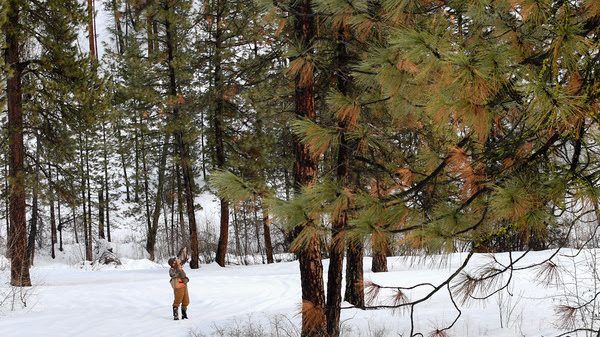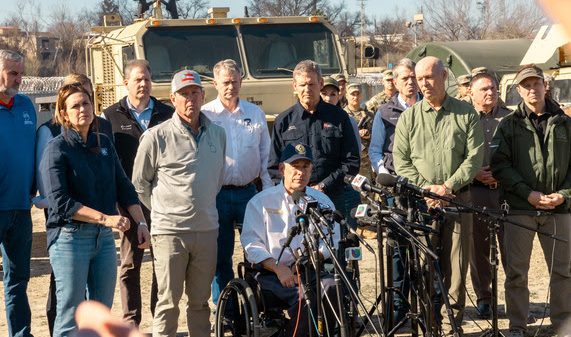The study, published in the journal Science of the Total Environment, showed that 25 different combinations of air pollutants were associated with asthma symptoms among 269 elementary school children diagnosed with asthma in Spokane, Washington. In line with previous research, the Washington State University-led study revealed a socioeconomic disparity — with one group of children from a lower-income neighborhood exposed to more toxic combinations, a total of 13 of the 25 identified in this research.
“It’s not just one pollutant that can be linked to asthma outcomes. This study examined the variety and combinations of air toxics that may be associated with asthma symptoms,” said lead author Solmaz Amiri, a WSU researcher in the Elson S. Floyd College of Medicine.
While other studies have focused on a limited number of pollutants, Amiri and her colleagues used the data-crunching power of machine learning techniques to analyze the potential exposure effects of 109 air pollutants and their combinations on asthma outcomes.
The researchers drew on data collected and modeled by the Environmental Protection Agency on air toxics present in individual neighborhoods surrounding 10 Spokane elementary schools. They also accessed anonymized data from the elementary schools for reports of students diagnosed with asthma who experienced symptoms such as coughing, wheezing, difficulty breathing and the need to use an inhaler.
The study looked at asthma symptoms occurring in 2019 and 2020 in the six months before the pandemic lockdowns started in March 2020. The researchers then associated these data with air pollutant exposures that occurred within those six months and with two longer-term exposure periods of three years and five years prior to the asthma symptoms.
The researchers found that three specific pollutants were significantly associated with asthma symptoms across all three exposure periods.
The toxicants involved may have unfamiliar names — 1,1,1 trichloroethane, 2-nitropropane, and 2, 4, 6 trichlorophenol — but they derive from commonly used materials. The first is a widely used solvent in industry but was formerly used in household cleaners and glues. The second is an additive to paints and other finishes, and the third is an anti-septic and anti-mildew agent that was banned in the 1980s but may still be found in some pesticides and preservatives made before then.
“Some of these air toxics were discontinued in the U.S., but they can still be found in materials that may be in storage or people have in their backyard or garage. Other air toxics still exist at least in the environment,” said Amiri.
This study did not intend to pinpoint the source of any one air pollutant or the exact reason why one group of children from a lower-income neighborhood was highly exposed to air pollutants. However, proximity of known air pollution sources may play a role, Amiri said, such as living close to a highway with a lot of traffic or facilities that use solvents, such as paint producers or factories.
The finding of a likely socioeconomic disparity in air toxic exposures is consistent with previous research showing that children from lower-income areas, often indicated by schools with a higher percentage of students who qualify for free or reduced meals, are exposed to a wide variety of air pollutants in the neighborhoods where they live.
While the current study is limited to the mid-sized city of Spokane, Amiri noted that the findings align with another study in New York City which found similar air pollutants significantly associated with asthma outcomes.
“Both in Spokane and New York City, regardless of the setting — how large or small the cities are — these air toxics appear to be influencing asthma among children,” she said.
This study received support from the National Institutes of Health and the Ramboll Foundation.




















































